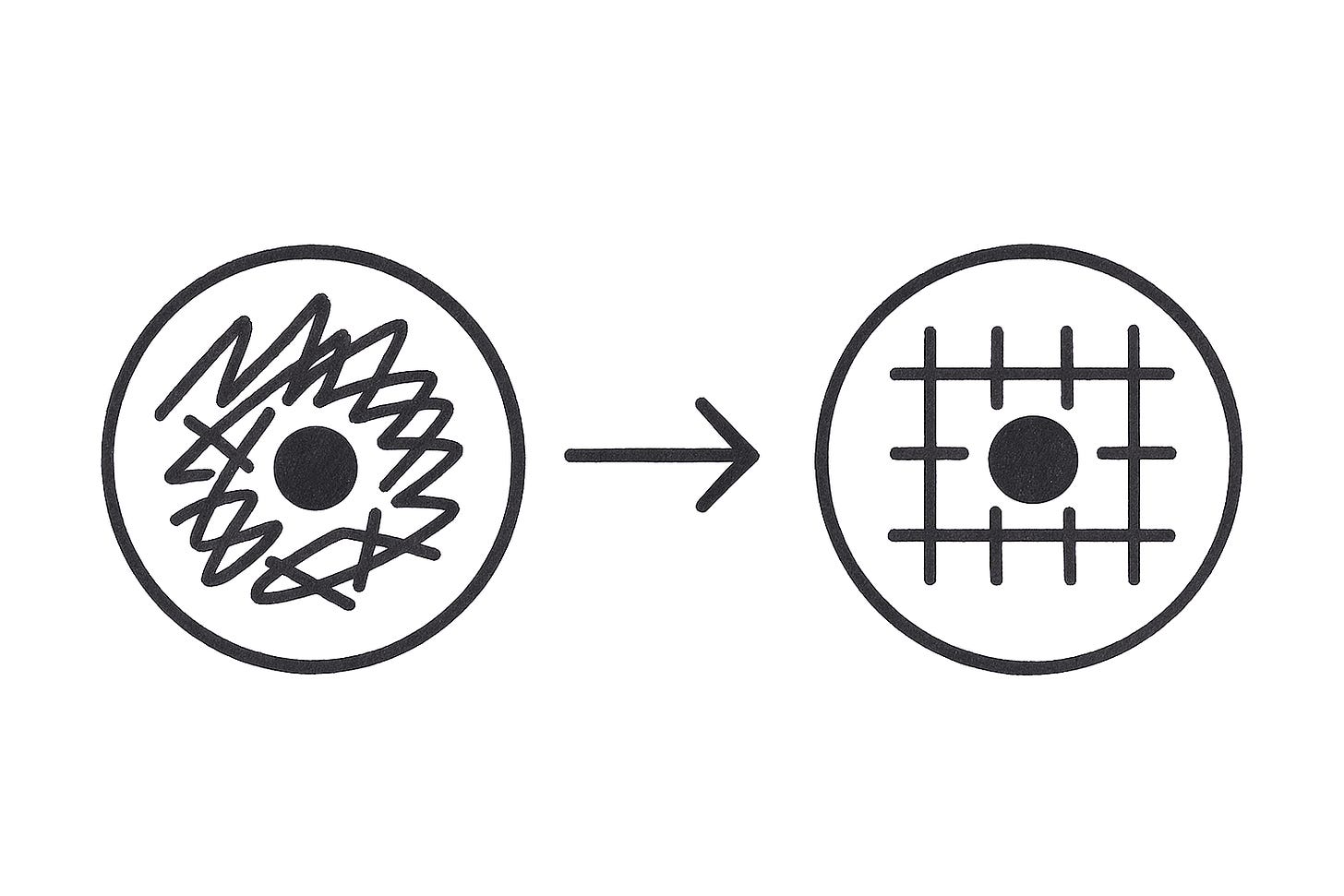The Feynman Technique: Master Anything by Teaching It
from The Diary of a CEO
Last week, I attempted to explain AI copilots, automations, and large language models (LLMs) to a client. Confidently using terms like "prompt engineering," "API integrations," and "natural language understanding," I quickly noticed—their confusion growing—that my grasp of these topics wasn't nearly as solid as I'd believed.
As if the universe was paying…
Keep reading with a 7-day free trial
Subscribe to The Book Summaries to keep reading this post and get 7 days of free access to the full post archives.

